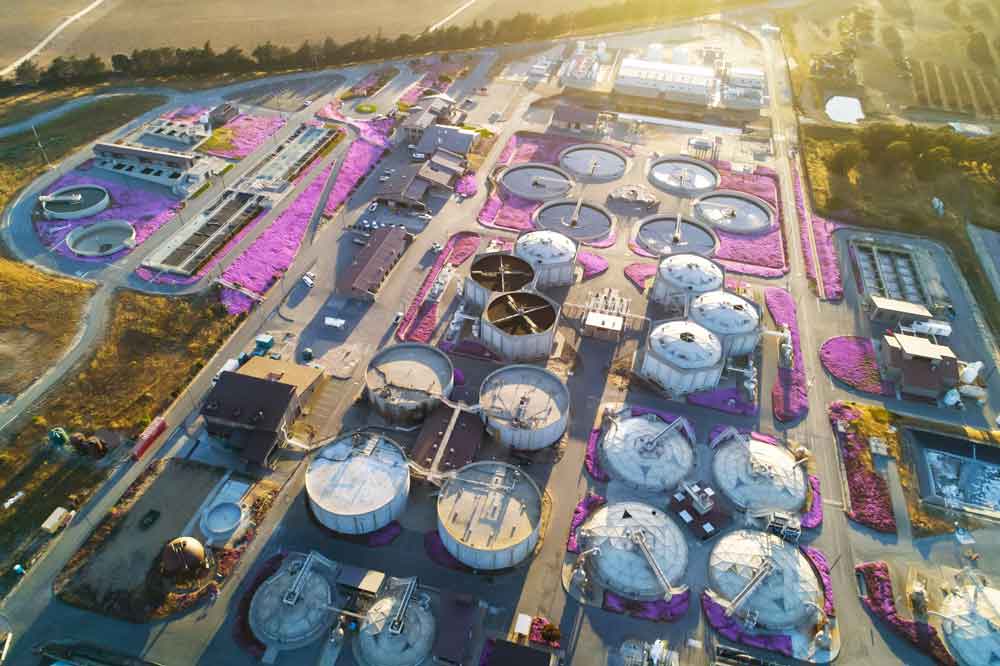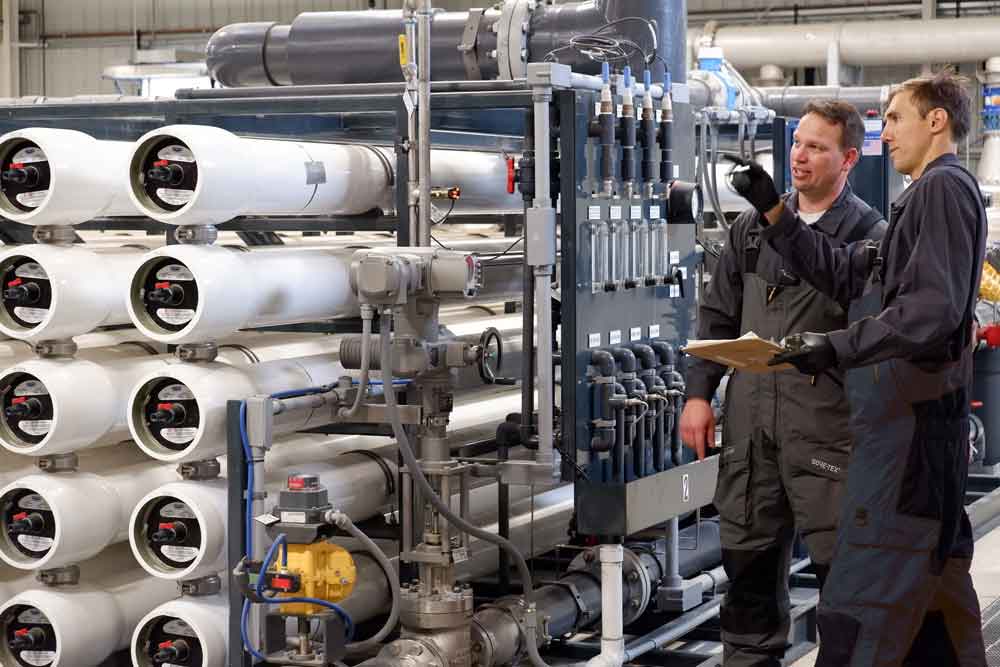
After just four short years online, Monterey One Water is expanding its Pure Water Monterey facility. This is noteworthy as the Monterey Peninsula could become the first area with a local water supply that has advanced purified water accounting for over 50% of the total water supply. Construction of the project is expected to be completed by 2025. This project expansion will provide an additional 2,250 acre-feet of water per year on top of the 3,500 acre-feet of purified water already being produced.
California American Water (Cal Am), Monterey One Water, and the Monterey Peninsula Water Management District (MPWMD) signed a water purchase agreement in April 2023 to increase purified water production for injection into the Seaside Groundwater Basin. Monterey One Water and MPWMD secured $42 million in state and federal grants to offset the cost of the $70 million project.
“The expansion of Pure Water Monterey will produce needed water for the community, and our staff and team are committed to bringing this project online as quickly as possible,” said Monterey One Water General Manager Paul Sciuto.
The expansion could have a significant impact on alleviating the water crisis that has affected the Monterey Peninsula for almost 30 years. The State Water Board issued a strong order to Cal Am in 1995 to reduce its reliance on the Carmel River as a water source due to habitat loss for the steelhead trout population in the river. Subsequently, the State issued a cease and desist order in 2009. However, Cal Am continued to draw water from the river as there were no other local, state, or federal sources of water available. In 2012, Monterey One Water, the community’s wastewater treatment provider, devised an idea to decrease the community’s dependence on the river. In 2020, they, along with project partners MPWMD and Marina Coast Water District (MCWD), commissioned Pure Water Monterey, an advanced water purification facility aimed at providing one-third of the potable water the community needed.
“The project took seven years to plan,” Sciuto said. “When I tell non-water people that, they think seven years is a long time, but water people know that is a pretty quick turnaround.”

“Our program is unique because we recycle four types of wastewater at our facility,” Sciuto said.
Monterey One Water treats various water sources, including municipal wastewater, industrial processing water, crop drainage water, and urban stormwater runoff. Sciuto emphasized the importance of utilizing underutilized water sources.
For example, part of Monterey One’s service area is known as the “salad bowl of the world” for the production of lettuce, broccoli, cauliflower, and numerous other crops. About 70% of the nation’s lettuce is grown in the Salinas Valley. Monterey County is the fourth-highest agricultural-producing county in California. The total land devoted to agriculture is approximately 1.4 million acres, and irrigated land is around 220,000 acres. This would produce a significant amount of crop drainage water that can then be processed through Monterey One’s treatment plant.
The Advanced Water Purification Facility (AWPF) uses a four-step purification process to produce about 5 million gallons per day (mgd) of purified water.
After undergoing primary and secondary treatment, wastewater is directed to Pure Water Monterey’s advanced water purification facility. Here, a multi-barrier process is employed to separate water from pollutants. The four-step advanced purification process includes ozone pre-treatment, membrane filtration, reverse osmosis, and ultraviolet light with hydrogen peroxide.
Monterey One Water collects, treats, purifies, and stabilizes the water with minerals before it embarks on its roughly 10-mile journey to the Seaside Groundwater Basin. Once the water arrives at Seaside, it is injected into the aquifer, where it naturally filters through sand and gravel.
Part of the project included utilizing a pipeline that extended through the former Fort Ord property to the Seaside Groundwater Basin and optimizing well capacity on Fort Ord. Sciuto said special training in unexploded ordnance (UXO) was necessary to ensure the safety of the work crews.
Fort Ord was an army base in Monterey County that closed in 1996. While the base was operational, army personnel completed military explosive training onsite, and although unlikely, live detonators could have been left on the property. Permits are granted through the Fort Ord Reuse Authority, a small multi-government body composed of elected officials at local, state, and federal levels.
UXO training includes hands-on lessons on safe detection, location, identification, and disposal of unexploded ordnance.
“You never know what you might dig up,” Sciuto said.
Once it goes through the Pure Water Monterey facility, Monterey One Water sells purified water to MPWMD, which has rights in the Seaside Groundwater Basin. MPWMD then sells the purified water to Cal Am, which extracts the water from the Seaside Groundwater Basin.
One of the most challenging tasks can be working with different organizations, all seemingly aiming for the same ultimate goal but having separate issues that need to be resolved before reaching that goal.
Sciuto mentioned that he can recall during planning meetings when there were 30 stakeholders in the room. There were times that he had to get up and leave the room, worrying that the project would never get completed.
“But somehow, conversations continued, and we were able to get the job done,” he said. “That doesn’t mean it wasn’t contentious along the way.”
Sciuto said that water organizations can’t do projects in silos anymore. It is important to work within the interests of all partners to get the job done.
“Beginning this expansion project is a significant milestone for our pure water program,” General Manager Paul Sciuto said. “I can’t speak more highly of our staff, consultants, and partners.”